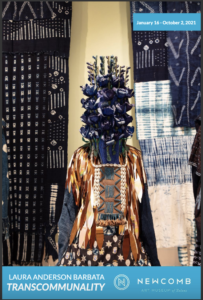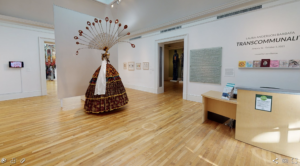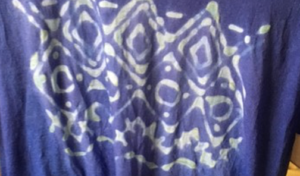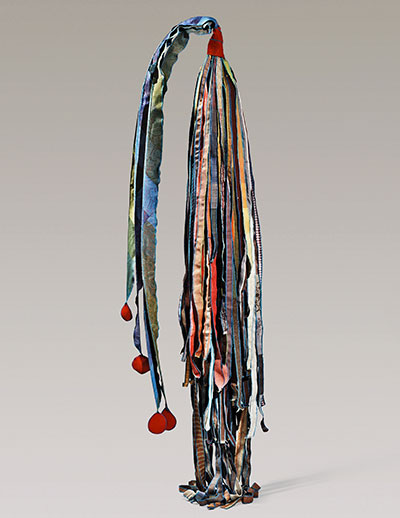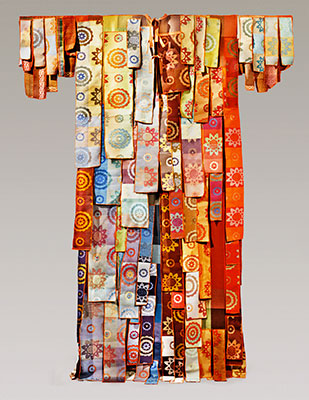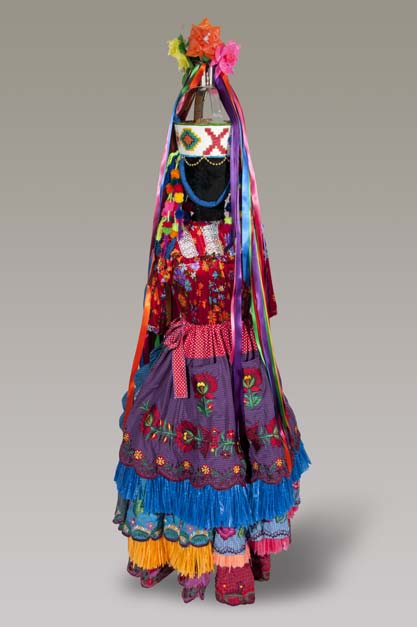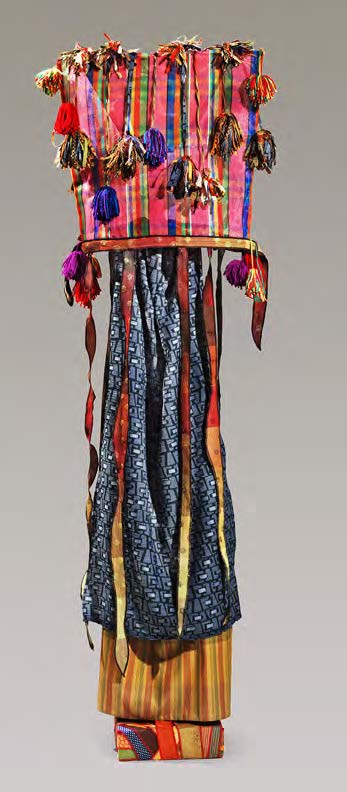The Newcomb Art Museum is free and open to the public; drop by Tuesday through Saturday, 10 am to 4 pm.
Laura Anderson Barbata: Transcommunality
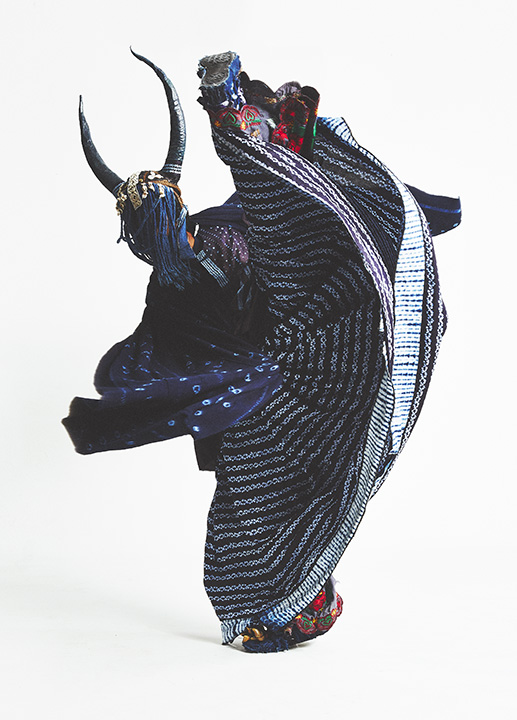
About the Exhibition
The process-driven practices of artist Laura Anderson Barbata engage a wide variety of platforms and geographies. Centered on issues of cultural diversity and sustainability, her work blends political activism, street theater, sculpture, and arts education. Since the early 1990s, Anderson Barbata has initiated projects with people living in the Amazon of Venezuela, Trinidad and Tobago, Mexico, Norway, and New York. The results of these collaborations range from public processional performances to artist books and handmade paper, textiles, garments, and the repatriation of an exploited 19th century Mexican woman. Over the years, Anderson Barbata’s art has brought public attention to several issues of civil, indigenous, and environmental rights.
Transcommunality focuses on five collaborations that Anderson Barbata has made across the Americas and presents them together for the first time. Though varying in process, tradition, and message – each of these collaborative projects emphasizes Anderson Barbata’s understanding of art as a system of shared practical actions that has the capacity to increase communication around topics of cultural diversity and to create sites of human connection or belonging. In featured projects such as Intervention: Indigo, characters that represent ancestral and protective spirits reckon with the past to address present-day systemic violence and human rights abuses. In The Repatriation of Julia Pastrana, Barbata’s efforts critically shift the narratives of disability, human worth and cultural memory. Earlier works crafted with Yanomami and Ye’kuana peoples, as well as Barbata’s most recent creations, profoundly consider the impact of an individual on their local community’s future, through actions of reciprocity that are both intentional and organic.
Transcommunality offers a space to contemplate ritual, folklore and impact of the natural environment on culture. It equally centers oral histories and the interdisciplinary academic thought that shapes Anderson Barbata’s engaging creations. Celebrating the human experience, Anderson Barbata’s globally diverse collaborators consciously revive intangible cultural heritage and resist homogenization by deploying skills inherent to the survival of their local expressions. Performance documentation and stunning garments throughout the museum invite onlookers to connect with the traditions of West Africa, the Amazon, Mexico, and the Caribbean while exploring visual narratives.
On View
January 16 – October 2, 2021
Curated by
Laura Blereau
Programs for this exhibition are funded in part under
a grant from the Louisiana Endowment for the Humanities, the state affiliate of the National Endowment for the Humanities. Any views, findings, conclusions or recommendations expressed in this program do not necessarily represent those of the National Endowment for the Humanities. They are also supported in part by a New Orleans Jazz and Heritage Foundation Community Partnership Grant and by a Community Arts Grant made possible by the City of New Orleans. Newcomb’s educational programs are supported by The Helis Foundation.
This exhibition is hosted from the ancestral homeland of the Chahta Yakni (Choctaw) and Chitimacha nations, two of many indigenous groups with historic ties to Bulbancha (the place of many tongues), the Choctaw name by which the greater New Orleans area was known before settler colonialism and which is still used by some indigenous people living in the region today. We give thanks to the peoples who honored and cared for this land before their violent displacement, including nations whose names have been lost.
This statement acknowledges that colonialism is not a past event but an ongoing process of which we are part.
For more information, we recommend exploring the websites of Federally recognized Native groups of Louisiana: The Chitimacha Tribe of Louisiana , The Coushatta Tribe of Louisiana , The Jena Band of Choctaw Indians , The Tunica-Biloxi Indian Tribe of Louisiana ; State-recognized Native groups of Louisiana: The Adai Caddo Tribe, The Biloxi-Chitimacha Confederation of Muskogee, The Choctaw-Apache Community of Ebarb, The Clifton Choctaw, The Four Winds Tribe Louisiana Cherokee Confederacy, The Grand Caillou/Dulac Band, The Isle de Jean Charles Band, The Louisiana Choctaw Tribe, The Pointe-Au-Chien Indian Tribe, The United Houma Nation
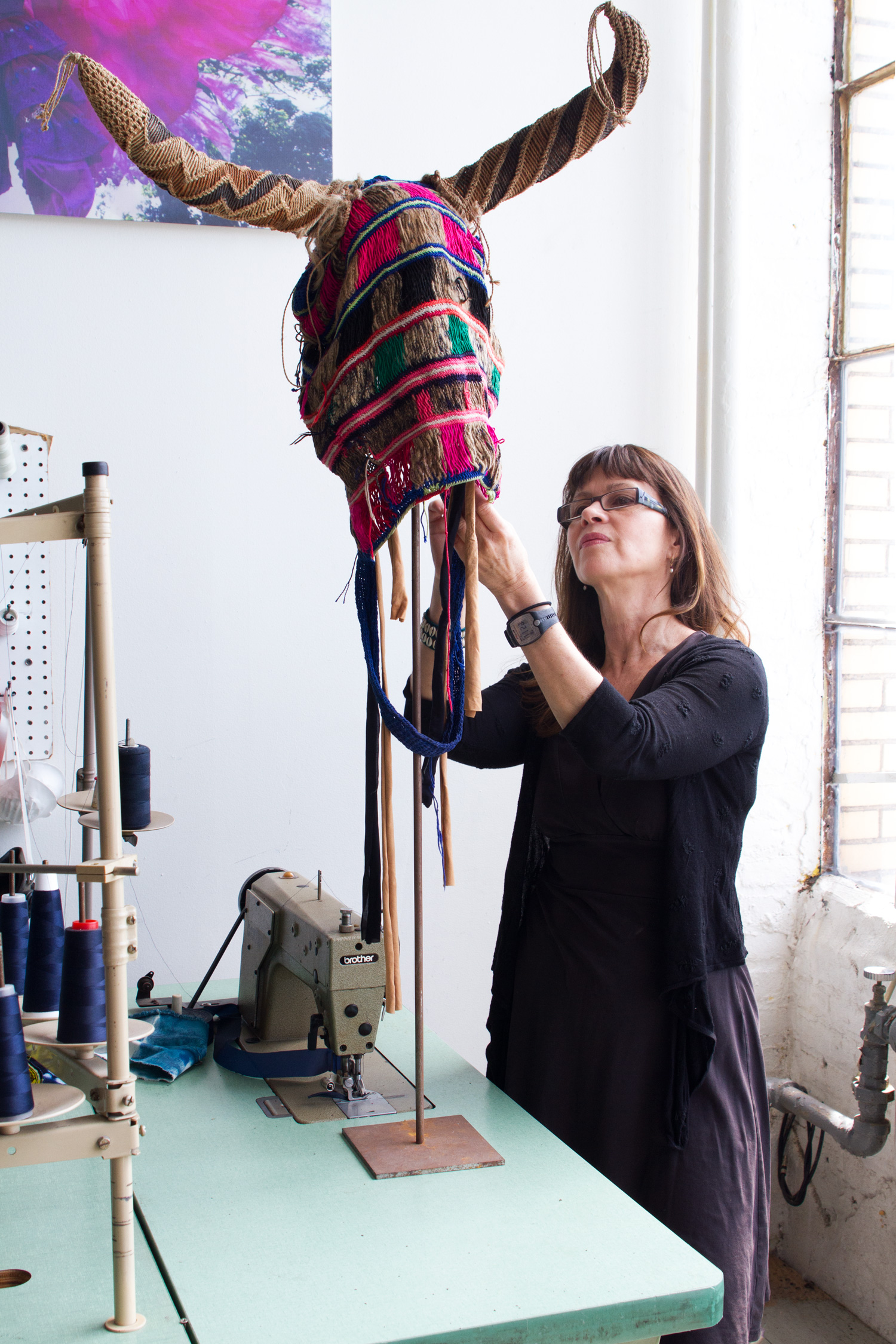
About the Artist
I am a bicultural, transdisciplinary artist. Since 1992 I have developed sustainable art-centered projects that integrate collaborative and participatory work that addresses issues of social justice and the environment. As a Mexican born, New York based artist, it is my belief that a shared artistic social practice can serve as a platform on which we connect, learn, exchange, create, and transcend borders in order to activate our sense of belonging to a global community. My work seeks to further the expectations of socially-engaged art by involving collaborators such as archives, scientists, activists, musicians, street dancers, and artisans to create works that operate both inside and outside of the art world. Since 2001 I began to work with stilt dancers in Trinidad and Tobago, and since 2007 have consistently collaborated with the Brooklyn Jumbies, and in 2012 with the Zancudos de Zaachila from Oaxaca, Mexico. The work combines character and narrative development with numerous collaborators in addition to textile arts, sculpture, dance, masking, music, procession, improvisation, ritual and protest.


